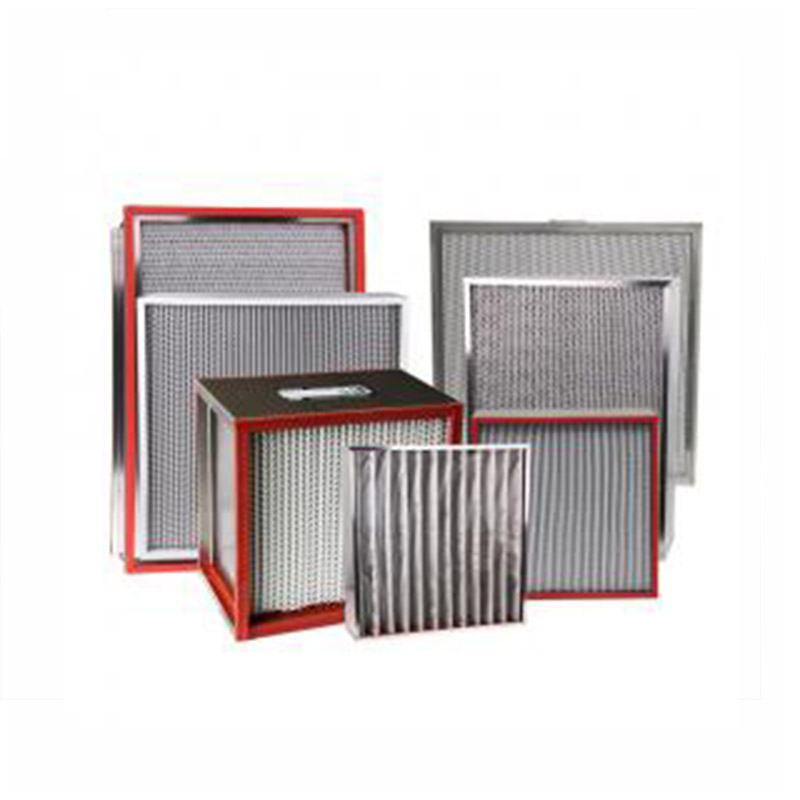The causes and prevention of cracking of high temperature filter sealant layer
 Mar 21, 2023|
Mar 21, 2023| View:207
View:207High temperature filters are critical components in applications involving high temperatures and harsh environments. They are designed to remove impurities and debris from the fluids and gases that flow through them. However, the performance of these filters can be affected by a variety of factors, including cracking of the high temperature filter sealant layer. In this article, we will explore the causes of this problem and how to prevent it.
The high temperature filter seal is responsible for creating a tight, strong seal between the filter and the mating surface, preventing any leakage. This layer is usually made of a silicone-based material that can withstand high temperatures and harsh chemicals. However, over time, the sealing layer can become brittle and begin to crack or split. This can be caused by a number of factors, including exposure to high temperatures, exposure to harsh chemicals, and mechanical stress.

The main causes of cracking of high temperature filter sealant layers:
(1) High temperature filters are exposed to high temperatures.
The temperature of the fluid or gas passing through a high temperature filter may rise above the maximum operating temperature of the sealant layer. This can cause the sealant material to break down and become brittle, which can lead to cracks or fissures. In addition, exposure to high temperatures can cause the sealant layer to lose its elasticity, making it more susceptible to cracking under mechanical stress.
(2) High temperature filters are exposed to harsh chemicals.
Some fluids and gases filtered through high temperature filters contain corrosive chemicals that can corrode the sealant material. This can cause the sealant layer to weaken and crack more easily. In addition, exposure to harsh chemicals can cause the seal material to break down and lose its elasticity, making it more susceptible to cracking under mechanical stress.
(3) Mechanical stress.
Filter components may be subjected to vibration or shock, which puts stress on the seal material. Over time, this stress can cause the sealant layer to weaken and crack more easily. In addition, mechanical stress can cause the sealant material to lose its elasticity, making it more susceptible to cracking when exposed to high temperatures and harsh chemicals.
To prevent cracking of the high temperature filter sealant layer, manufacturers can use materials specifically designed to withstand high temperatures and harsh chemicals. In addition, proper installation and maintenance of filters can also help minimize the possibility of sealant cracking. Regular inspection and replacement of worn or damaged parts can also help extend the life of filter components and minimize the risk of sealant cracking.
In summary, cracking of high temperature filter sealant layers can be caused by exposure to high temperatures, exposure to harsh chemicals and mechanical stress. Manufacturers can prevent this problem by using specialized materials and proper installation and maintenance practices. It is critical to ensure proper operation of high temperature filters to maintain the performance and efficiency of equipment and systems. For more detailed information, feel free to contact us!



 qr315@cooca.com.cn
qr315@cooca.com.cn
